Hispano-Suiza Carmen electric hypercar 2020 - The resurgence of an iconic luxury car brand
Hispano Suiza Carmen- 14 units to be produced
Hispano Suiza Carmen Boulogne -5 units to be produced
HISPANO SUIZA CARMENThe all-new production model has been created from the ground-up to deliver an exceptional and luxurious driving experience. Combining an advanced, fully-electric 750 kW (1,019 PS) powertrain with a bespoke super-stiff carbon fibre monocoque, double-wishbone front and rear suspension and torque vectoring, Carmen delivers exceptional dynamics, with a focus on thrilling performance and an easy-to-drive character. With such prodigious power, and a kerb weight of just 1,690 kg, the Carmen has world-class performance capabilities: 100 km/h is reached in under three seconds, and top speed is electronically-limited to 250 km/h.
The car’s design, engineering and production has been undertaken in Barcelona by a skilled team of highly-experienced experts at QEV Technologies, an electric powertrain and motorsport engineering specialist. The Hispano Suiza team was clear on the primary goal from the earliest stages of the vehicle development programme: the rebirth of the brand must pay homage to its origins. The market for high performance cars is dominated by aggressive sportscars, styled to look futuristic and to boldly demonstrate their technical accomplishments. Carmen is different. Hispano Suiza is different. Since its earliest days at the start of the 20th century, the brand has always been different. The face of the Carmen is a dominated by a large chrome-framed, deep set trapezoidal grille inspired by its forebears from the 1920s and 30s. At its centre is the italicised heritage ‘Hispano Suiza’ script and the marque’s new badge, a modern interpretation of its original logo. Semi-circular combination headlamps are set like feline eyes with an aggressive ‘frown’, seemingly projecting light from deep within the car’s body, with concentric LED rings for daytime running lights and direction indicators. A pair of large air inlets flank the grille at the chin of the front fender, accentuating the dominance of the central grille, and emphasising the impression of dynamic forward movement. A ‘floating’ front splitter – almost invisible in black – channels air under the car.
To each side, a sharp crease provides a dramatic change of surface between the hood and the front quarter panel over the front wheel to the base of the A-pillar. The bodyside line is heavily sculpted through the door panel, which houses an air outlet from behind the front wheel. This concave bodyside scoop ends just as the dramatic rear haunch takes over: a smooth ellipsis incorporates the covered rear wheel –directly inspired by the Dubonnet Xenia’s tell-tale tear-drop aerodynamic cues. Viewed from the rear, the taught haunches that arch over the covered rear wheels taper slightly, flanking a dramatic narrowing of the roofline and rear screen that ends in a distinctive, sharp, rear-facing point – the trailing tail of the teardrop. The model name is displayed proudly at the clean straight lip of the rear deck panel: ‘Carmen’ is presented in script, a direct representation of Carmen Mateu’s signature.
Beneath the abrupt lip of the rear deck panel is a dark void, a space that is punctured by the Carmen’s distinctive taillamps and prominent rear diffuser. The circular combination rear lamps initially appear relatively conventional with the taillamps and brake lamps illuminating as LED rings. But that’s where convention ends. First, in the centre of the rings, the signature Hispano Suiza stork graphic – modernised for the brand’s reincarnation – features as the car’s reversing lamps. Further theatre is provided by the rear indicators. The outer rings of each rear lamp incorporate eight small teeth around their inner perimeter. These teeth are in fact the tips of longitudinal LED strips that extend from deep within the car’s bodywork. When seen from an angle, the indicator pulses along the length of the lamp cones creating a dramatic and arresting visual spectacle. Aerodynamically, a principal challenge for the development team was achieving low drag while also ensuring the requisite airflow across the car’s radiators to cool the battery and powertrain components efficiently. Testing and development was undertaken using computational fluid dynamics (CFD) and virtual wind tunnel simulation software. The drag coefficient is Cd 0.325, lower than the Porsche 918 Spyder (0.34), Koenigsegg Agera R (0.37) and Ferrari F12 (0.33). The front splitter, flat floor and rear diffuser work in unison to reduce lift. The front splitter creates a low-pressure zone at the front, while the diffuser does the same between rear wheels using a convex geometry effect. The flat floor keeps the flow energy as high as possible from the front to the rear, enhancing the efficacy of the rear diffuser.
Air is channelled into the rear wheel arch through a low-drag ‘NACA’ air inlet in the flat floor and out through the rear end of the car: this airflow aids convection cooling of the rear brakes. Exquisite luxury interior blends modern technologies with classic sophisticationThe passenger cabin of the Carmen is a finely conceived marriage of classic design cues from the first chapter of Hispano Suiza’s story, and modern, advanced technology to deliver extraordinary luxury, comfort and refinement. Before even entering the car, the driver and passenger are provided with a dramatic theatrical performance as the scissor doors rise and pivot in one smooth, elegant movement.
Awaiting the occupants inside the car is a combination of the finest leather and Alcantara that is used to trim the heated, four-way power-adjustable carbon fibre composite seats, as well as the door panels and roof lining. All upholstery is hand-trimmed and hand-sewn in-house at Hispano Suiza’s Barcelona assembly facility, helping ensure that the driver and passenger are cosseted within an authentically sumptuous environment. Such is the focus on the ultimate ownership experience, each Carmen will feature a custom perfumed interior, specified and developed with the buyer to ensure the car is aligned perfectly with their preferences. The artisan craftsmanship that is apparent throughout the interior retains a direct lineage to the brand’s history. For example, the dash reflects the characteristics of the Carmen’s predecessors, with a traditional style using real wood veneers and machined high-grade aluminium, perforated by authentic toggle switchgear for reassuring mechanical tactility. The classic clockface at the centre of the dash features a Swiss mechanism with design and development by a Spanish watch maker. It echoes the position and status of the timepieces that featured in the brand’s earlier cars. Similarly, the triangular gear selector is a direct reference to the art deco steel triangle that featured on the dash of Hispano Suiza’s in the company’s historic models.
While the style is unashamedly retrospective, the technologies employed deliver the best experience possible for occupants. Ambient LED lighting strips are hidden along the door panels and in the footwells to ensure that the interior is a welcoming and inviting space. The steering wheel spokes feature smartphone and multimedia controls, while a highly-intuitive user interface sits at the centre of the driver-focused infotainment console. A high-definition, 10.1-inch touchscreen display allows owners make infotainment selections and configure vehicle settings with ease. The screen is also where video output from the rear parking camera is presented. High-fidelity audio is delivered by six premium speakers and a subwoofer, providing a unique 360-degree audio experience. Bluetooth and USB audio connectivity, as well as Android Auto and Apple CarPlay integration, is included as standard. A dedicated Hispano Suiza mobile app enables owners to remotely set cabin temperature, operate the lights, and set the alarm, as well as monitoring the battery charge status. Inside the car, mobile phones can be recharged wirelessly by placing the device on a charging pad beneath the centre console, or via a USB connection. Advanced electric powertrain delivering effortless performanceOne of the fundamental decisions made in conceiving the first Hispano Suiza production car since the late 1940s was the choice of powertrain technology. The development team and Hispano Suiza senior executives decided quickly that the car should look forward and embrace the future. This aligned with the eco and sustainability values of Hispano Suiza’s parent company, Grup Peralada, the Suqué Mateu family’s business. In addition, before co-founding the company in 1904, Hispano Suiza’s Technical Director, Mark Birkigt experimented with electric powertrains. He created one of Spain’s first electric vehicle prototypes – another factor influencing the decision to opt for a fully-electric powertrain for the Carmen.
Hispano Suiza’s production partner in the development of the Carmen – QEV Technologies – has extensive experience in developing electric vehicle powertrain technology, specifically for teams participating in FIA Formula E and FIA Electric Production Car Series (EPCS). As such, QEV Technologies brings unprecedented levels of engineering know-how to the Carmen’s electric powertrain, contributing to the Carmen’s exceptional performance, efficiency, reliability and safety. The Carmen is powered by two 375 kW permanent-magnet synchronous motors (PMSM), one for each rear wheel. Each motor’s significant torque is controlled through sophisticated torque vectoring systems developed in-house by QEV Technologies. The fully-electric 750 kW (1,019 PS) power output combined with a low kerb weight of just 1,690 kg, enable the Carmen to sprint from 0 - 100 km/h in under three seconds, and on to a top speed of 250 km/h (electronically-limited). The high-energy battery pack is T-shaped, running as a central spine of the car and behind the seats. It also serves as a tuned mass damper (TMD), providing stability and reducing structural vibration.
The Lithium Ion polymer battery pack boasts a power density of 230 Wh/kg on a fixed volume of 560 litres, for a base capacity of 80 kWh. The carbon fibre battery housing allows for easy upgrades when new technologies become available, future-proofing the Carmen: by 2020, it is anticipated that 300 Wh/kg should be a commercial reality, increasing the battery capacity up to 105 kWh. High-efficiency mechanical and electric components give a total energy loss from the battery to the ground of less than 10%, maximising vehicle range, which is targeted to exceed 400 km. The battery pack – made up of 700 cells – was designed and produced entirely inhouse, including a complete temperature control system to ensure the cells can operate optimally. The battery monitoring system ensures stable charge and discharge performance and delivers the safety strategies required for a 750V DC architecture. The Carmen is compatible with the 80 kW CCS2 fast charging protocol, as well as CHAdeMO and GB/T charging options.
The battery and electric powertrain components are liquid-cooled via three front radiators: one under the hood at the front of the car for battery cooling, and one each side, inboard of the front wheel arches, for cooling powertrain components. The three front air intakes provide airflow to help cool the electric drivetrain system and battery. The location, size and diffuser-style shape of these intakes, together with split planes, distribute the air in the radiator’s core to achieve the optimal balance of drag and high air flow across the radiators. The outlets in the hood that expel air from the front radiator, and those in the front wheel arches that expel air from the side radiators, have been carefully designed and located to minimise drag. Battery heat expulsion is controlled by the front central radiator and condenser. The battery thermal management system uses a passive heat exchanger (radiator) and an active cooling system, which shares its refrigeration cycle with the passenger cabin’s air conditioning. Also, a PTC (Positive Temperature Coefficient) heater warms the battery in cold conditions.
The car’s Electronic Control Unit (ECU) software manages all vehicle power and control strategies, continuously interrogating myriad data streams and instruction actuators to control vehicle behaviour. These strategies are all developed and tested in-house by Hispano Suiza software engineers. A complex network feeds a huge amount of data to the ECU at a rate of up to 1,000 samples per second. Data is also fed via the cloud to the Hispano Suiza back office infrastructure to ensure that vehicle status and condition is monitored by Hispano Suiza in real time to ensure ultimate reliability. This functionality also enables eCall emergency services as required Bespoke carbon fibre monocoque chassisThe Hispano Suiza Carmen is one of the most carbon fibre intense cars in the world. Carbon fibre composites are employed extensively throughout the vehicle, and account for the vast proportion of vehicle structures.
Even in this, the most elementary structure of the Carmen, Hispano Suiza has created a unique work of art: the hand laid carbon fibre deployed for the monocoque chassis is specifically oriented in a mirrored opposing weave pattern. This results in the forward-facing directional arrow shape down the centre-line of the car from back to front. Carbon fibre composite is also used for the crash protection structures that absorb and dissipate impact energy to protect the monocoque at the front and rear. Unusually, the rear subframe is also constructed in carbon fibre and is bolted to the primary chassis structure. The monocoque chassis weighs only 195 kg and exhibits exceptionally high rigidity to provide a torsional stiffness rating of 50,000 Nm/deg. This not only contributes to a stronger and safer passenger cell, but also benefits the car’s dynamic performance. The Carmen’s stiffness-to-mass ratio (256 Nm/deg per kg) out-performs any other hypercar: for comparison, the Lamborghini Aventador’s stiffness-to-mass ratio is 237 Nm/deg per kg. The 11 carbon fibre body panels are also incredibly lightweight, tipping the scales at just 64.5 kg – including the front splitter and rear diffuser. Even the seat structures and interior upholstery-support panels are carbon fibre composites. Furthermore, composites are also deployed as electric insulation materials and as part of the car’s NVH management, as a sound and vibration dampening substance. The opening mechanism for the scissor doors employs a combination of an electric actuator and a gas spring, which takes over the door weight as it opens Double wishbone suspension is fitted at the front and rear, which is paired with adaptive damping control and variable roll stiffness distribution technologies to deliver precise and responsive handling, while retaining a refined and comfortable ride. Carmen employs a brake-by-wire system. In place of a regular hydraulic braking system, the electronic braking system saves weight and provides more rapid response, as well as enabling the recovery of energy during braking, which can be returned to the battery.
Source Hispano-Suiza Media Archives and Newspress
Wallpapers for Hispano-Suiza Carmen electric hypercar 2020- The resurgence of an iconic luxury car brand (click on image to enlarge)
|
|||||||||||||||||||||||||||||||||||||||||||||||||||||||||
|---|---|---|---|---|---|---|---|---|---|---|---|---|---|---|---|---|---|---|---|---|---|---|---|---|---|---|---|---|---|---|---|---|---|---|---|---|---|---|---|---|---|---|---|---|---|---|---|---|---|---|---|---|---|---|---|---|---|
|
||||||||||||||









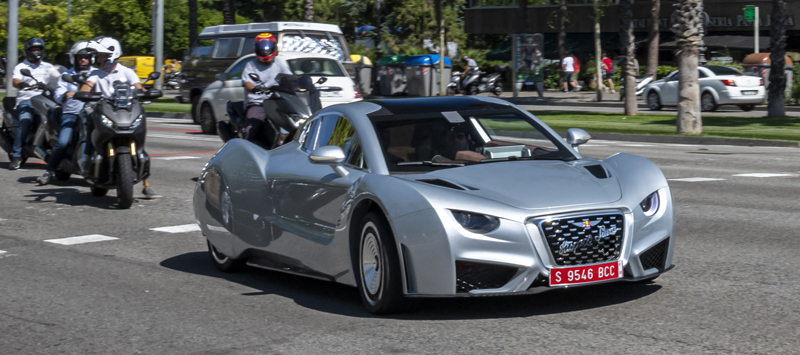




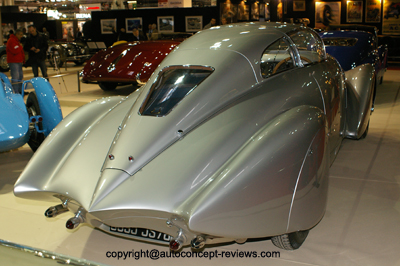
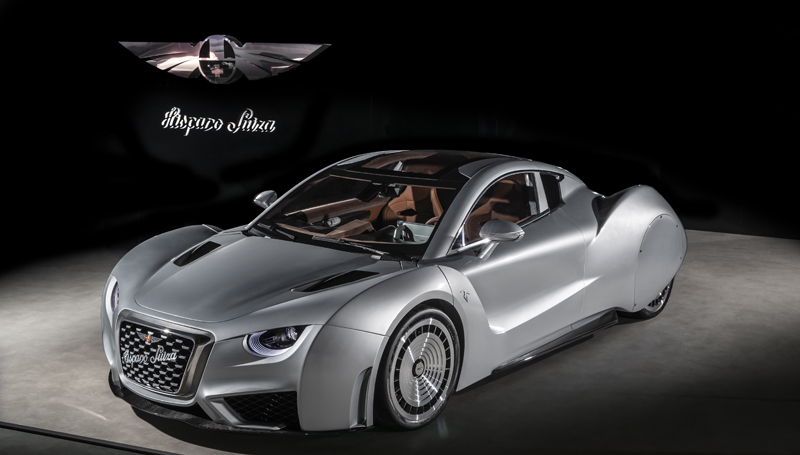
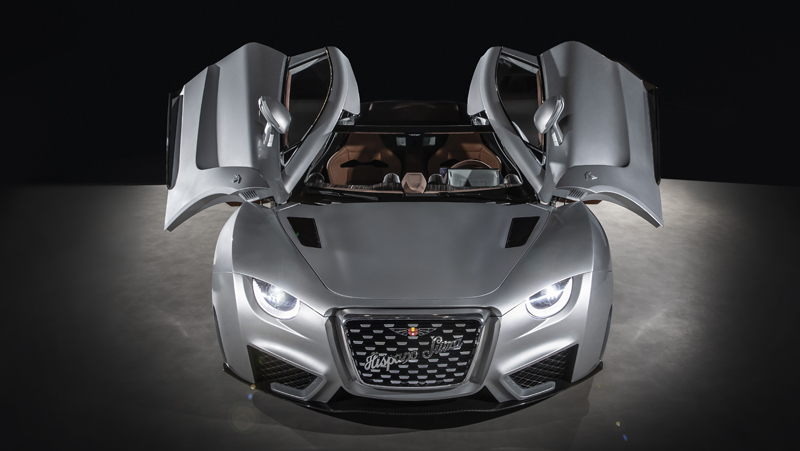
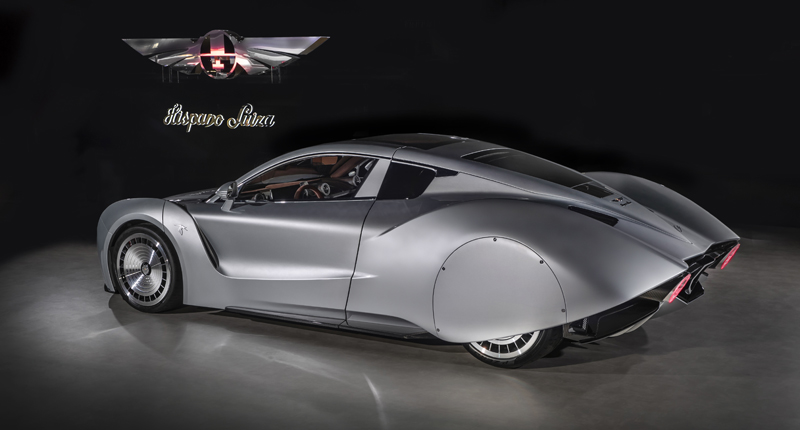


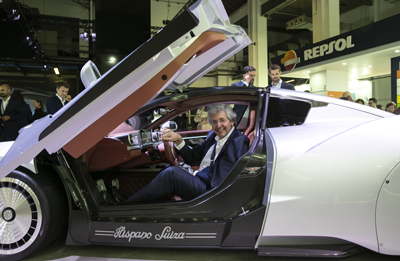


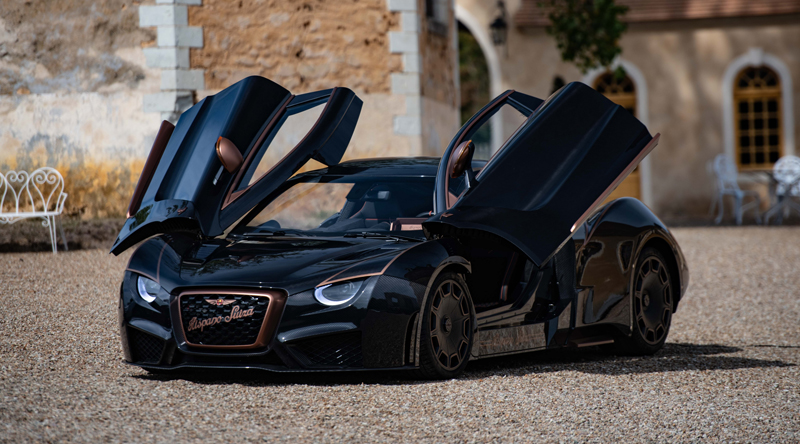
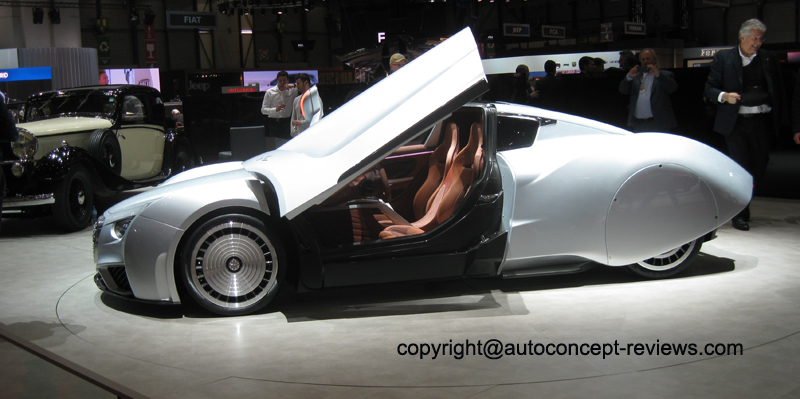
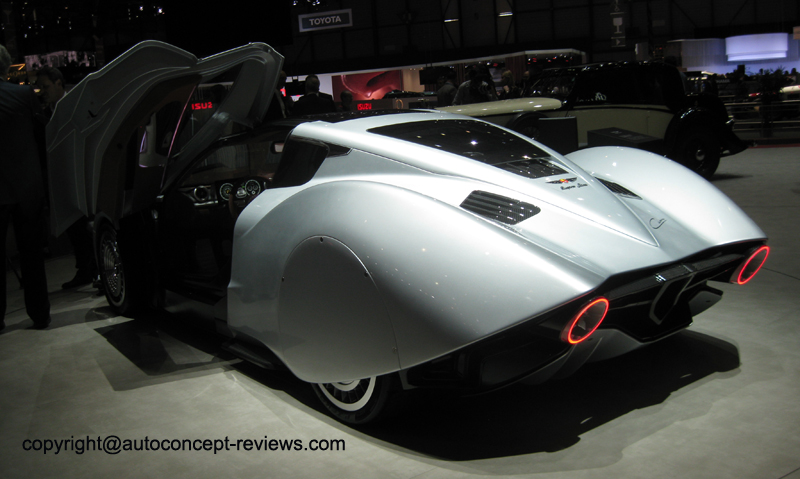
.jpg)

.jpg)













